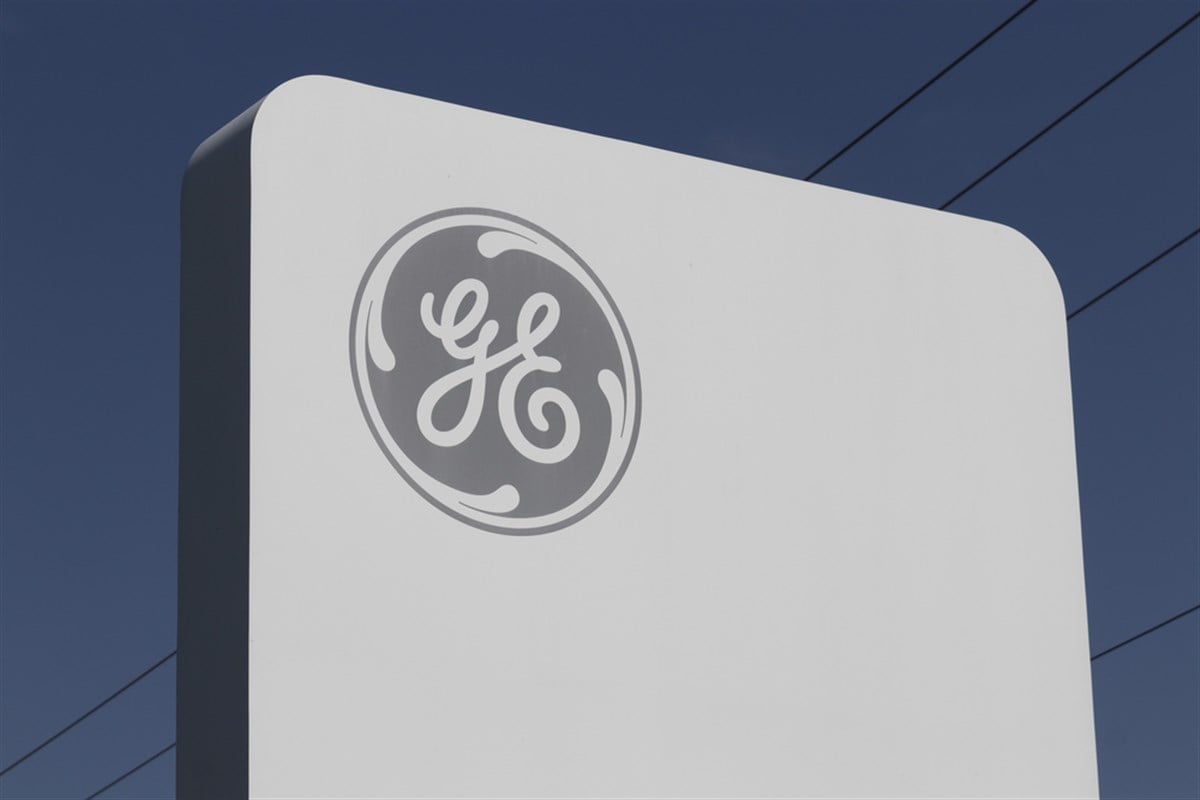Financial News
Power Play: GE's game-changing technology for EVs and grids

General Electric’s (NYSE: GE) Vernova unit- to be spun off early in the second quarter of 2024, has been putting together the pieces of a lithium-battery business with implications for not only EVs, but the entire power grid.
In mid-November, GE Vernova inked a deal with Michigan-based energy storage company One Next Energy for lithium iron phosphate (LFP) cells for GE Vernova's Solar & Storage Solutions installations throughout the U.S.
In mid-November, GE Vernova inked a deal with Michigan-based energy storage company One Next Energy for lithium iron phosphate (LFP) cells for GE Vernova's Solar & Storage Solutions installations throughout the U.S.
According to GE Vernova, when combined with renewable energy generation, energy storage solutions help provide uninterrupted access to power throughout the day by storing excess energy and releasing it during periods of low generation or high demand. It’s easy to understand those applications for overworked power grids in extremely hot or cold weather.
Energy storage is key to renewables
"Storage is the key to stabilizing the grid. In addition, it unlocks 100% renewable energy to power factories, communities, hospitals, and data centers," said Mujeeb Ijaz, founder and CEO at ONE, in a release announcing the partnership.
While the partnership between GE Vernova and ONE is focused on storage for the grid, a much-needed boost to the U.S. infrastructure system, LFP batteries have applications in the EV business.
For example, General Motors (NYSE: GM) has invested in Mitra Chem, a California start-up developing lower-cost LFP batteries for EVs. The LFP batteries are manufactured without expensive components such as nickel and cobalt, driving their costs down versus lithium-ion cells typically used in EVs.
Already, Tesla Inc. (NASDAQ: TSLA), Ford Motor Co. (NYSE: F) and Rivian Automotive Inc. (NASDAQ: RIVN) are using LFP cells in their lower-cost EV models.
However, a car requires more LFP than lithium-ion cells, meaning they’re not quite ready for prime time.
Pivot to U.S.-made LFP cells
On the flip side, the LFP cells that both GE and GM are developing with their respective partnerships have the advantage of being U.S.-made. That means they qualify for U.S. tax subsidies, something GE touted in its announcement of the deal with ONE.
Watch for GE Vernova and ONE to eventually turn their partnership’s attention to EV batteries. According to ONE, its mission includes “engineering batteries that will accelerate electrification in vehicles, renewables, and the grid. ONE’s vision is to double the range of electric vehicles; use safer, more sustainable raw materials; and establish a localized supply chain.”
GE Vernova has been launching other initiatives aimed at bolstering the power grid, which also have implications for EVs.
Keeping the power grid up and running
In August, it acquired Norway-based Greenbird Integration Technology, which makes data integration software for power grids. It’s another piece of the puzzle when it comes to utilities keeping the power on in a storm, overload, accident or other situation.
According to GE Vernova, the acquisition will expand the capabilities of the company’s GridOS software portfolio, which pulls together energy usage data, network modeling, and AI-driven analytics from across the grid.
Integrating diverse data streams from various sources is becoming more important as electricity usage increases, and as EVs become more widely adopted over time.
Vehicle-to-grid technologies
“Integration of data from multiple sources like charging stations as well as operations, forecasting, billing, and other systems can support the success of future use cases such as vehicle-to-grid (V2G) while keeping the grid safe,” said GE Vernova when it acquired Greenbird.
Vehicle-to-grid technologies allow energy to be pushed back to the power grid from an EV battery.
When GE Vernova is spun off next year, it may be categorized among technology stocks in the Technology Select Sector SPDR Fund (NYSEARCA: XLK), which is home to solar energy companies.
The spinoff’s main purpose is to supply reliable and sustainable energy, no small task for an aging U.S. power grid that’s already under stress. That’s why innovations such as V2G could be important as a way of creating new power sources.
Distributing energy resources
The technology is only in the testing phase right now, but in addition to its acquisition of Greenbird, GE Vernova is pursuing other initiatives to advance V2G. For example, it recently partnered with a Brooklyn, New York company, Energy Hub, to manage distributed energy resources.
According to GE Vernova, “This includes solar, energy storage, electric vehicles, and more, as these technologies are widely adopted across the energy landscape.”

Quotes delayed at least 20 minutes.
By accessing this page, you agree to the following
Privacy Policy and Terms Of Service.



